Immaculate Review: Sydney Sweeney is Magnetic from Start to Finish!
Cast: Sydney Sweeney, Alvaro Morte, Benedetta Porcaroli, Dora Romano, Giorgio Colangeli, Simona Tabasco
Director: Michael Mohan
Where to Watch: Prime Video
Filmyhype.com Ratings: 3.5/5 (three and a half stars)
There are various ways to frame Immaculate, the new horror film that sees Sydney Sweeney (the film’s protagonist and producer) collaborating again with director Michael Moahn (the two had already made the erotic thriller The Voyeurs together). You can see it, for example, as a new exponent of religious and satanic-themed horror, those that find their origin and source of inspiration in The Omen, the seminal 1976 film directed by Richard Donner. Or you can see it as a huge fanservice exercise that puts Sweeney’s explosive body at the center of everything, exalted at almost every moment of the film. Sydney Sweeney is one of the hottest stars under 30 right now. Her rise to prominence began with major television roles, such as Euphoria and The White Lotus, before arriving at success on the big screen (the huge box office takings of the romantic comedy Anyone But You, which became the highest-grossing film in the history of cinema based on a play by William Shakespeare – the film is loosely based on “Much Ado About Nothing”). Not even the recent slip-up of Madame Web, another failure in Sony’s superhero universe, seems to have dented the fame that the young actress from Spokane is enjoying.
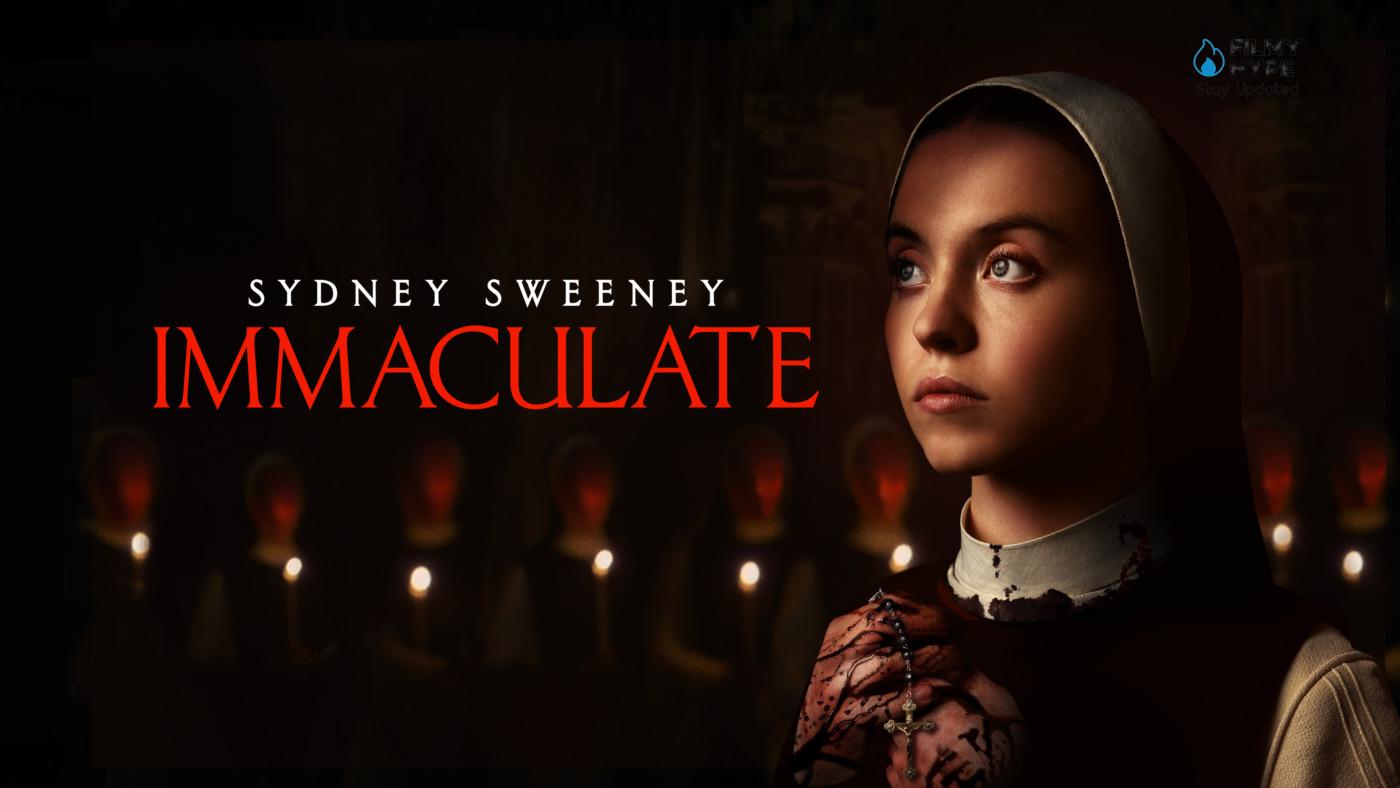
The story of Immaculate begins about ten years ago, with the screenplay by the almost debutant Andrew Lobel (his credits on IMDb, to date, include only a couple of short films). After years of development hell, Sweeney committed herself as a producer to ensure that the film finally saw the light of day. Having approached frequent collaborator Michael Mohan, who had already directed the actress in Everything Sucks! and The Voyeurs, the filming of the film took place mainly in Italy, between Rome and Frascati (the location of Villa Parisi, used as the setting for the convent, had already been the setting for Mario Bava’s cult films The Red Sign of Madness and Chain Reaction). The cast of the film is in fact populated by well-known faces from our cinema, such as Benedetta Porcaroli, Dora Romano, and Simona Tabasco, fresh from the international success of the second season of The White Lotus.
Immaculate Review: The Story Plot
The young novice Cecilia (Sweeney, of course) travels from America to Rome to take her vows and serve in the convent of Our Lady of Sorrows, an isolated structure that serves as a hospice for elderly dying sisters. Catapulted into a completely alien and at times hostile reality, the girl begins to be tormented by strange nightmares, populated by disturbing hooded figures. The surprise comes when it is discovered that the young nun has become pregnant without ever having had sexual intercourse. A miraculous Immaculate conception that seems to hide a dark and frightening secret. What if all the people who hang around the convent, from the cordial Father Tedeschi (Álvaro Morte, the Professor from Money Heist) to the austere Cardinal Merola (Giorgio Colangeli), were involved in a mysterious conspiracy?
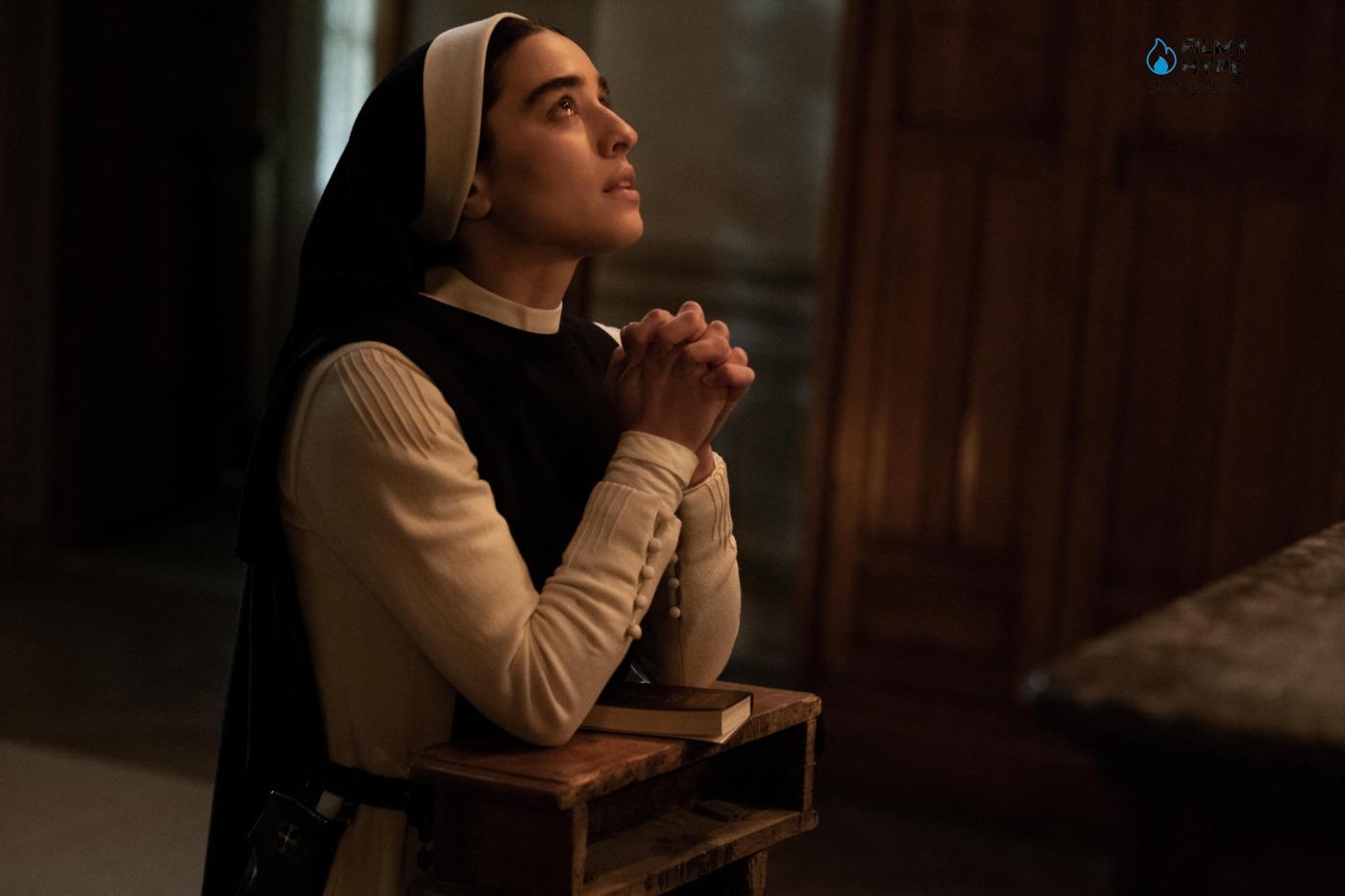
The strength of Immaculate certainly does not lie in its originality. As can be guessed from the brief synopsis provided, the film takes inspiration from classic horror films such as Rosemary’s Baby by Roman Polanski, with a plot that also closely resembles the very recent and aforementioned Omen (to be completely honest, it was released in its homeland two weeks after production with Sydney Sweeney). But Mohan’s direction manages to give the film an effective and constant sense of oppression, bordering on suffocating, capable of making the viewer feel trapped in the gloomy and deadly convent together with its helpless protagonist. A film that is also able to capture, in some moments, the hallucinatory atmosphere typical of Polanski’s masterpiece, where reality is increasingly indistinguishable from nightmare.
Immaculate Review and Analysis
However, Immaculate works very well, at least at times. This is because once it is certain that its goal is to create a blasphemous atmosphere and scare the viewer (not to ask big questions and explore them through horror), it works really well to achieve its goal. The film features several very violent scenes, which prevail over the desire to resolve it easily with a few jump scares. There is a lot of blood, there are pulled teeth, nails that come off, branding, drowning attempts, and torture conducted at night. In this sea of violence and abuse, the protagonist Cecilia navigates, played by Sydney Sweeney who always actively and successfully seeks the role of the scream queen. Towards the end of the film there is a very long close-up of her, almost giving her the same opportunity that Mia Goth seized on the fly in Ti West’s Pearl: that of shooting an iconic scene of desperation and pain that twists the features (remember that grotesque scream of Pearl “I am a star!”?).
It is the gift that the protagonist and producer of the film gives to herself, showing herself off, after having kept us company for 89 solid, compact minutes, in which her sweet novice reveals herself to be obedient and devoted, delicate, but also witty and not at all eager to abandon herself to the deadly atmosphere of the convent. It’s been a long time since a protagonist in a horror film of this type came up with a couple of credible, cunning escape attempts, capable of deceiving even the viewer for a few seconds. Immaculate has a couple of narrative arrows to its bow. One is the story behind the mysterious pregnancy that turns Cecilia into a sort of second Immaculate conception. The other is the final scene that ends the film. A strong choice, because there were so many ways to soften it. For example, focusing on something visually monstrous would make the act perpetrated and the modalities of the same less impressive.
Despite the desire to focus on violence, blood, and gore and to choose a strong ending, the film often proves to have been written too hastily. In addition to the truly superficial vision of the functioning of hierarchies, rituals, and sacraments typical of Catholicism, there are quite important notions that simply have not been thought to be answered. In what era, exactly, is the film set? Cecilia’s model of a suitcase, the convent car, and the cell phone used in one scene gives three very different answers to this question. Likewise, Michael Mohan’s direction is careful and refined, with a couple of valuable passages (the perspective of the pallbearer with a shoulder-mounted camera that follows from behind the wooden coffin in which one of the characters has ended up), but too reliant on the iconography linked to this kind of religious horror films, to the pleasant Italian rural reality. It is as if, having found the splendid location where it was filmed, they wanted to immortalize it exactly as per the stereotype, not working enough to bring out its specificity, to bring out its personality.
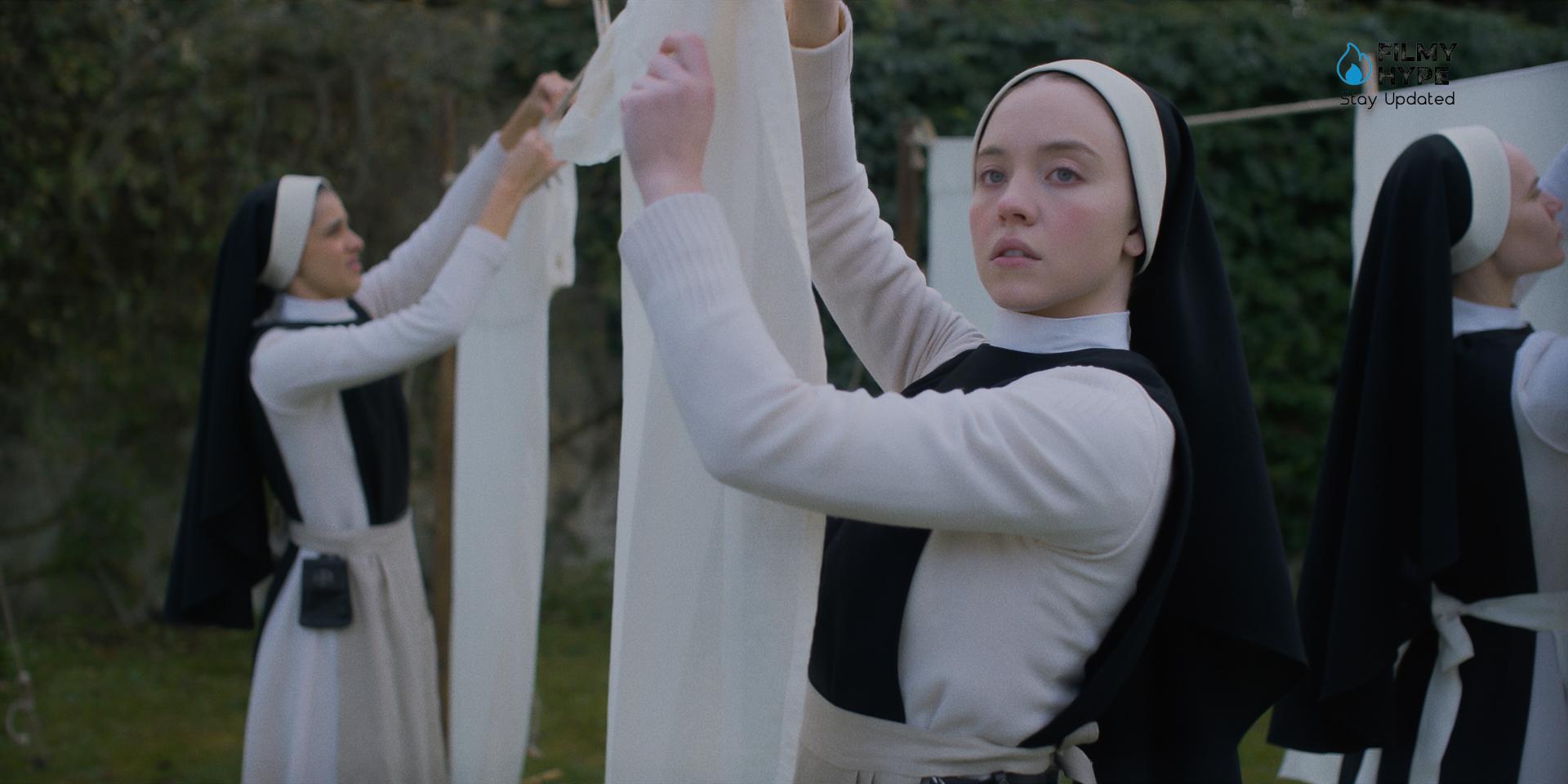
The ones who do show character are the Italian additions to the cast, whom Sweeney allows to shine. Sara Tabasco and Benedetta Porcaroli’s nuns are much more than sacrificial victims awaiting the chosen one of the titles, as is Giulia Heathfield Di Renzi’s jealous nun who welcomes Cecilia into the convent commenting: “You are a very sweet girl…and I mean that as a compliment.” Just as in Anyone But You, the most successful romantic comedy of 2024 that Sweeney produced and starred in, the actress was able to find the right people to cast, giving them space and a way to shine. But Immaculate also accumulates suggestions from other horror subgenres. For example, the sequence in which our Cecilia is dressed up and celebrated as the new Madonna while staging a typically Christian iconography gives a feeling of uneasiness and alienation not dissimilar from that caused by the pagan rites of certain folk horror films (the cult The Wicker Man, but also the contemporary classic Midsommar).
The element of the strange pregnancy, with unwanted and worrying effects on the mother’s body, falls within the realm of body horror. But one of Immaculate‘s major influences is certainly the brutal French horror of the new millennium (High Tension, Martyrs), of which it incorporates, especially in the last part, the survival element (it is impossible not to think of Inside, a film where a pregnant woman must survive a dangerous attacker). All undoubtedly interesting elements, and more or less successful, which unfortunately do not manage to completely save the film from some questionable script choices. In addition to some unintentionally comic moments (the policeman who at the beginning, seeing the young novice, exclaims “What a waste! Have you seen how beautiful she is?!”), Immaculate chooses to take a turn worthy of the worst B-series films of the ’70s and ’80s. A twist perhaps unexpected and a little different from the usual – even if the most experienced could guess it quite soon, but which risks eliciting more than a laugh from the audience in the theater.
A flaw that, added to the plot and the strongly derivative atmosphere, leads to a half-failure of the film directed by Mohan. Too bad, because you can see all of Sweeney’s dedication to the project, to which he gives a truly convincing performance. It would be good practice, for better or for worse, not to be fooled by endings. Many of these, however good, rarely manage to elevate a work that is overall anything but positive. In the case of Immaculate, it makes sense to start right from the end – every word will be used wisely so as not to reveal too much – because it is perhaps the only truly successful moment, the only satisfying catharsis in one of the most insipid productions seen in the first half of the year. Start from the conclusion, therefore, because right there Mohan’s film finds, for a very short time, what it seems to be looking for in its not even ninety minutes, all the ideas, all the suggestions with which it flirts without ever completing them.
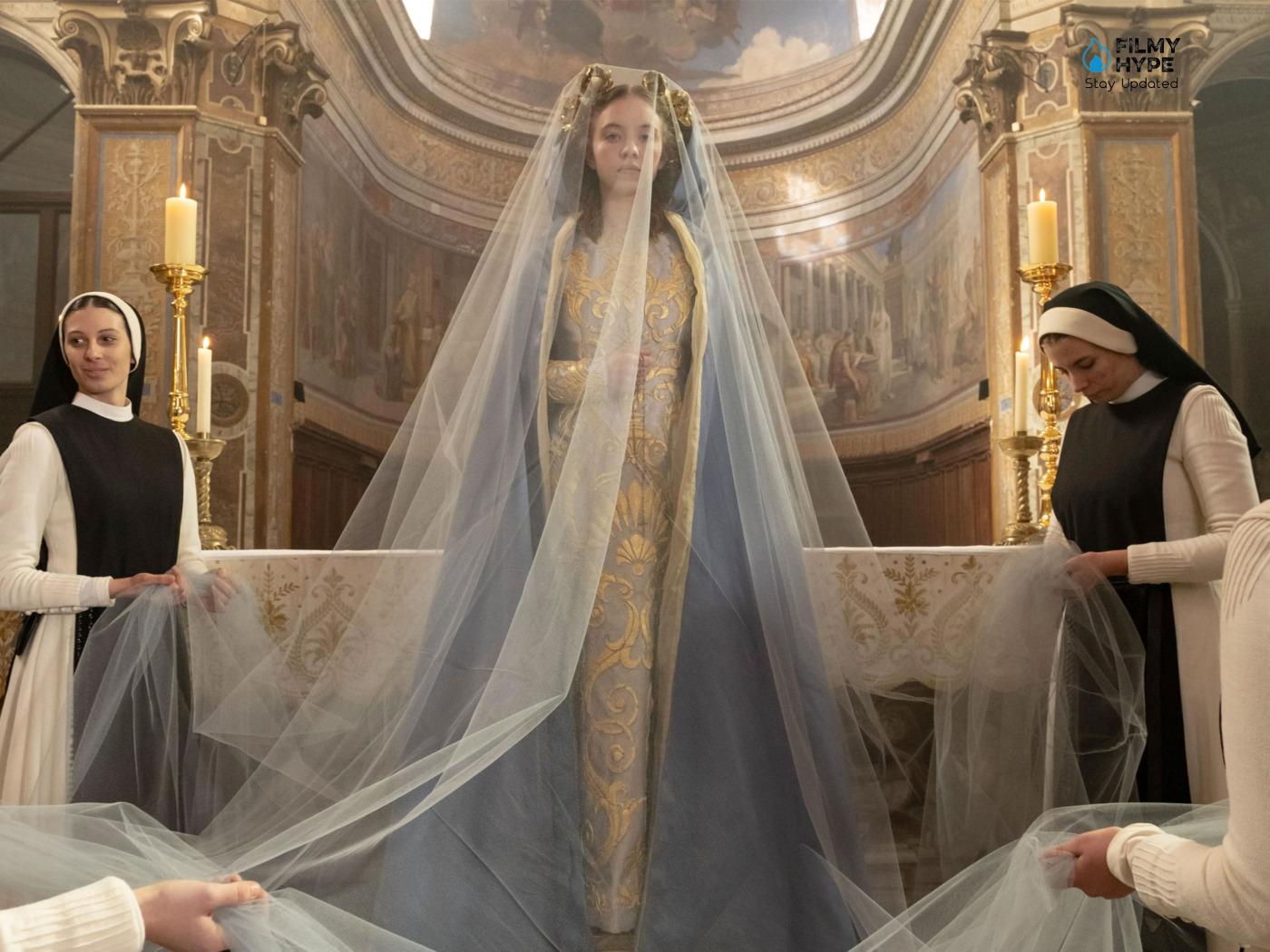
Not only is it not enough but this, if possible and with regret, puts Immaculate in an even more uncomfortable position, that of someone who initially takes refuge in the safe used but then does not dare, does not try to press the accelerator when everything seems to ask for it, blocked without significant flashes until the final conclusive moments, in which it is, finally, the images that speak, that say what the writing had only roughly exposed. But above all, it is there that it probably becomes aware of its partial B-movie soul, a sort of rape and revenge in a religious sauce that is always too hidden – the references to horror cinema, especially Italian horror in its golden age, are abundant, between Bava, Fulci or Argento, as well as to horror classics from overseas like Rosemary’s Baby, the most illustrious example of the distorted nativity on the big screen – after having taken itself too seriously for a good part of the time, without however managing to communicate effectively.
Alongside the choice of wanting to speak to a very large and heterogeneous audience, of trying to embrace a lot while concretizing little or nothing, all the clichés of religious horror with Italian nuns and convents at the center emerge, without exclusions – here declined towards nunsploitation, a subgenre that found great diffusion and its highest peaks in the Seventies, albeit with slightly different thematic and scenic ideas. Topoi that are not limited to the narration, the events, and their development – one might say homages but, just like the recent and twin Omen – The Origin of the Omen, the déjà vu seems more like weaknesses of a lazy writing that does nothing but rely on stale certainties – but even encompass staging and spirit. If possible, in some cases one must overlook the absence of originality, and the visual structure of Immaculate seems to have been deliberately constructed to appear, to hide the lack of vitality of places, sets, and objects, inanimate and disconnected from the events and the protagonists, anchored to a canonical iconographic structure that is as static as it is outside the dynamics of such a dramatic structure that should instead see them at the center, a vehicle of a much sought-after disquiet.
Cecile appears in almost every shot, when instead, sometimes, it would be useful to look elsewhere, explore around, and look at more faces, bodies, crevices, impulses, and fears. At the center of everything, therefore, always Sweeney – and how could the entire film, net of everything, not be a further showcase for herself, especially if we take into account her role as producer? – but even her presence and credibility lose strength, swallowed up by the incompleteness of a project that is clumsy at times, that proceeds hastily, and manifests ambitions that are out of reach. However much she may sensibly try and show off her very evident talent, even the actress of Euphoria falls victim to a limping writing, more projected towards the collection of symbols, plots, power games, and important, necessary, and contemporary narrative perspectives of the genre – as if even just mentioning them were enough to give them value – trivialized and weakened in order not to lose sight of Cecilia, a magnet for glances.
It seems that Mohan has an idea of what to do but not how to do it, confirming that horror is often merciless, a genre not suitable for all authors, even the best. In a season characterized by horror with good premises but development not up to the idea, Immaculate makes it clear from the beginning that it is neither original nor enjoyable, that it loses sight of what its genre should do, amazing but above all scare, or at least amuse and entertain. The result, in the end, is a product born old and shaken only by the name of its protagonist, without whom it probably would have had difficulty seeing the light. This will not stop Sydney Sweeney, who for her part can easily put a stone on it and move on. The diverse and multilingual cast is perfect in the various roles aimed at increasing the centuries-old mystery of the mysterious convent lost in the Italian countryside, starting with Sydney Sweeney who confirms her talent. She is supported by the young Italians Benedetta Porcaroli and Simona Tabasco (also fresh from the success of The White Lotus but of a different year than Sweeney) in the roles of Sister Guendalina and Sister Maria, two young novices who on the one hand try to escape the rigid rules of the convent (for example by secretly smoking a cigarette) and on the other question their faith.
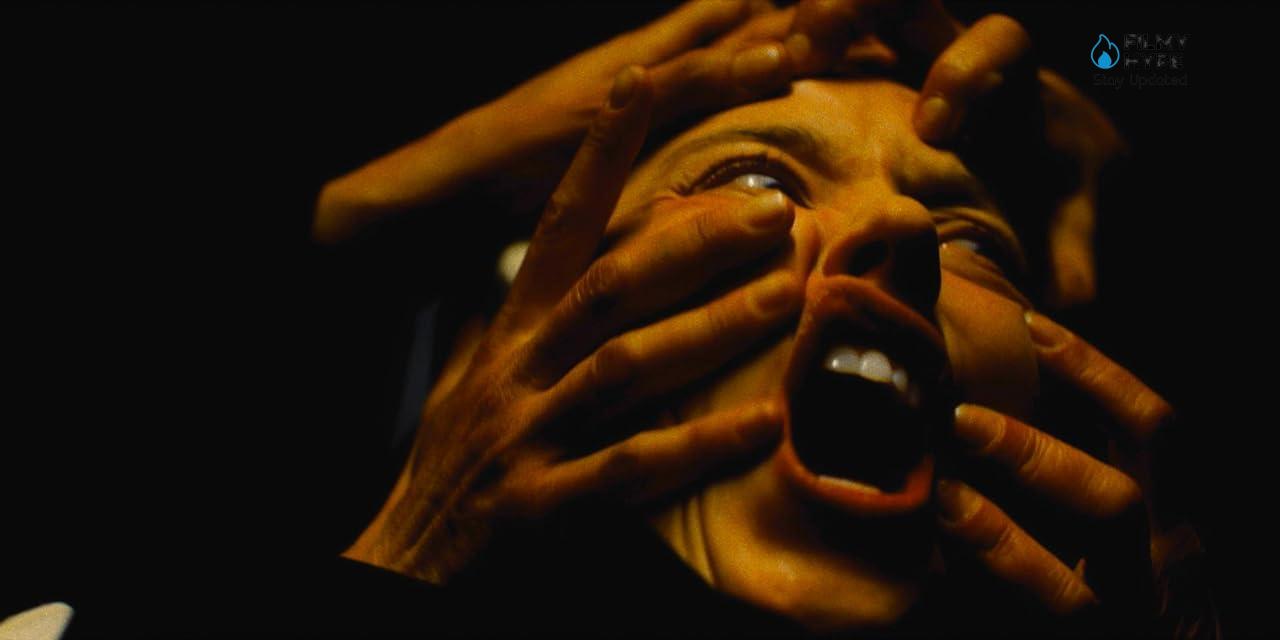
The beginning of the film is in the media res and continues at that pace, not leaving the viewer much time to be distracted or bored, even if some sequences seem to go too slow and others too fast. The direction and photography of the film, however, as well as the sets, cannot be said not to be cared for and evocative, at times almost claustrophobic. Or deliberately sensual through the use of the novices’ bodies and the light on them. The problem with Immaculate is on the one hand the excessive “feminist” modernity that cloaks its story, which speaks of motherhood and religion, of the meeting and clash between science and faith: it can be seen in various dialogues and lines in the film, certainly impactful but which sometimes clash with the aspect of the story told, which seems to live in its own time and place outside of the world. One above all: “Of course, I believe in God, only a man could create such a complicated world”. On the other hand, the dangerous veering towards trash in various sequences and occasions, perhaps without ever diving in all the way but at the same time leaving us astonished and perplexed, even in the deep splatter moments. Some causes and consequences between the parts of the film do not seem perfectly coherent but lead to a finale that is certainly effective and impactful, thanks to Sweeney’s interpretation, halfway between a Scream Queen and a Final Girl, who not coincidentally also produced the film.
Immaculate Review: The Last Words
Sydney Sweeney proves herself a skilled producer, choosing a project that allows her to show off her more underrated acting chops and vent some socio-political fury. Immaculate was born from Sydney Sweeney‘s desire to produce and interpret a story of motherhood and horror feminism that spanned centuries of science and faith. The ensemble of the multilingual cast put together is truly excellent, as is the ending, less so the slightly limping pace and the general rendering that veers too much towards the modern, almost short-circuiting narrative. The horror of unwanted supernatural pregnancies returns with Immaculate, a film capable of providing a hallucinatory nightmare atmosphere similar to that of the progenitor Rosemary’s Baby. If the highly derivative plot is enhanced by an effective direction, capable of making the viewer identify with its helpless protagonist, the same cannot be said of the turning point taken by the film in its third act. A twist worthy of the worst B-series productions of the ’70s and ’80s, which risks arousing involuntary hilarity. Too bad, because the protagonist Sydney Sweeney, also a producer, gives a truly convincing performance.







